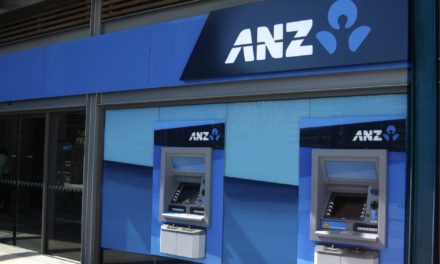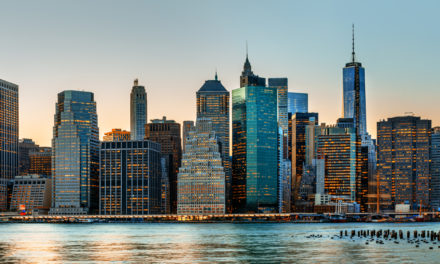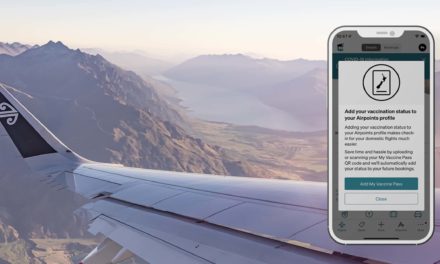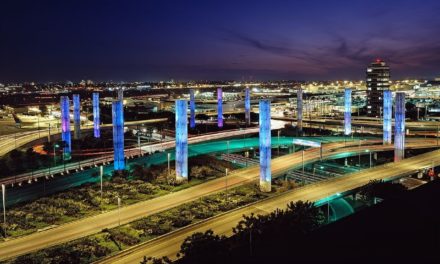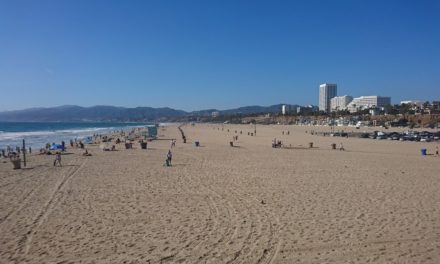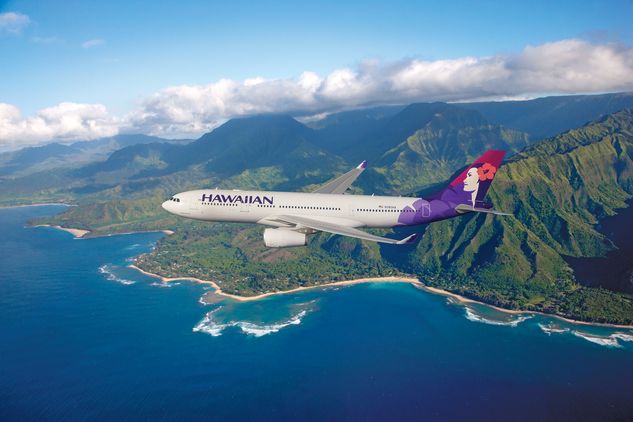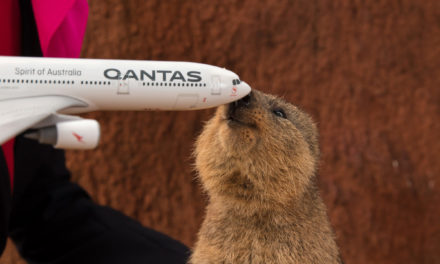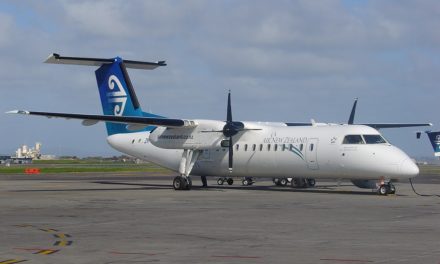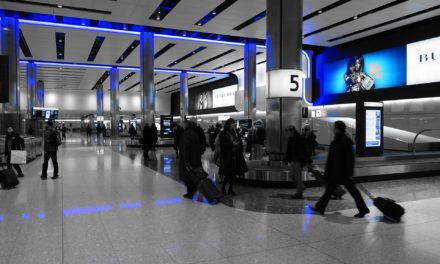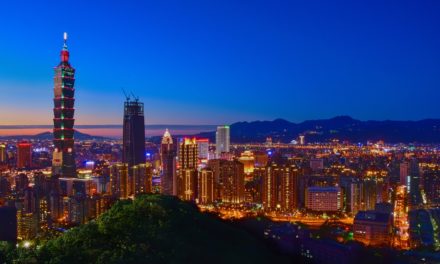Hawaiian Airlines continues to work towards reducing fuel burn and carbon emissions when it powered all wide-body aircraft arriving at airports in a single day with electrical power at the gate.
The carrier’s initiative to connect parked aircraft to more efficient external electricity is significantly reducing pilots’ use of the onboard auxiliary power unit, or APU, which burns jet fuel to keep lights, avionics systems, air conditioning and other equipment on.
Hawaiian Airlines sees the potential to reduce its APU usage by an estimated 30 minutes per flight, saving some 620,000 gallons of fuel annually and cutting CO2 emissions by 5,933 metric tons. That’s roughly enough fuel to fly the carrier’s wide-body fleet for a day, while the carbon reductions equate to removing 1,253 cars off the streets.
In the past year, Hawaiian made headway toward an ambitious goal of having gate power available to its entire wide-body fleet within three minutes of arrival as aircraft fly between Hawaii, 11 U.S. gateway cities and 10 international destinations. Line service and ground crews have met the carrier’s goal on 92 percent of flights on average.
Finally on April 12, in what is internally being celebrated as “100 Percent Day,” employees reached a milestone when 47 wide-body flights received external power as aircraft arrived at airports from Auckland to New York.
“It’s very much like a carefully choreographed dance requiring great timing and the tight coordination of everyone involved in bringing our airplanes to the gate once they’ve landed,” said Jon Snook, Hawaiian’s executive vice president and chief operating officer. “Our teams must ensure the availability of working external power at the gate, monitor minute-by-minute the estimated arrival time of the aircraft, and ensure all personnel are in place and ready to receive the aircraft.”
Hawaiian already provides external gate power to its narrow-body fleet that average 170 daily flights between the neighbor islands. The airline also owns portable power units that can be deployed in the event jetbridge electricity is unavailable or malfunctioning.
Hawaiian operates one of the youngest fleet in the U.S. industry and is investing in fuel efficient aircraft by adding 18 new A321neos starting later this year.
